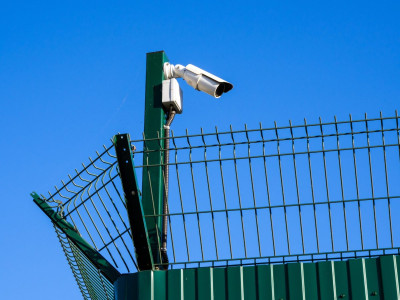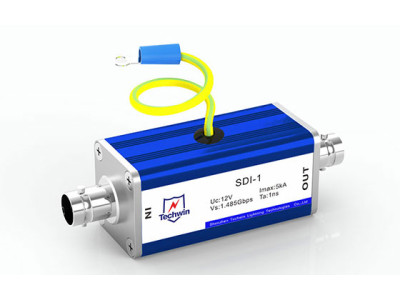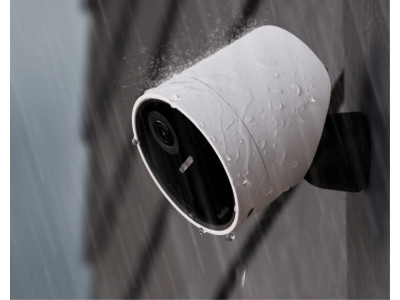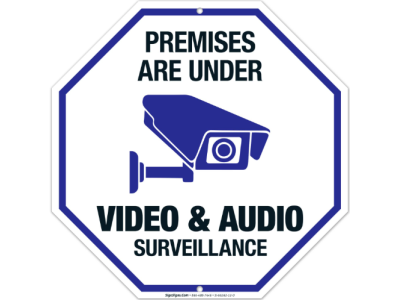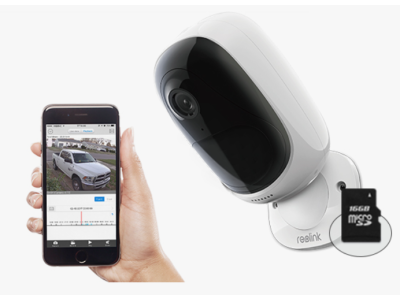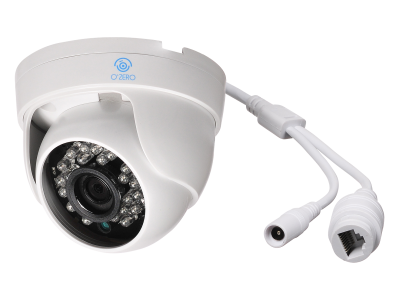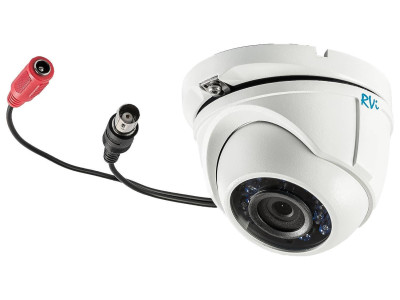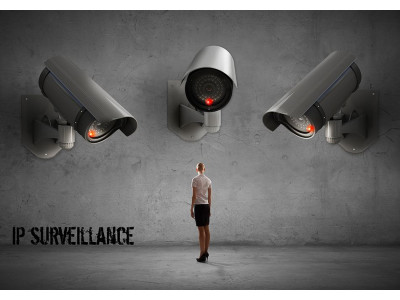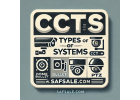
TYPES OF VIDEO SURVEILLANCE
Analog, IP, and Hybrid Systems
Wireless Solutions and Other Technologies
How to Choose the Right Option
Modern video surveillance combines cameras, data processing equipment, and software to manage the entire system. These setups enhance security, provide control, and monitor everything from homes to massive industrial complexes.
Over the last few years, surveillance tech has advanced significantly, offering a wide array of new features and tools.
Classification of Surveillance Systems
Video surveillance systems can be grouped by key characteristics:
- Camera Type: Analog, IP (network), or hybrid (a mix of both)
- Signal Transmission: Wired, wireless (Wi-Fi or radio), or combined
- Scale: Residential vs. professional setups for businesses or government
- Recording Method: Local storage (hard drives or flash memory), cloud storage, or no recording at all
- Control Type: Local access vs. remote control over the internet
- Functionality: Basic (live monitoring only) or advanced (motion detection, facial recognition, etc.)
What Are the Different Systems?
Analog Systems
Analog surveillance has been around for decades and remains a popular choice thanks to its reliability and cost-effectiveness.
Despite the rise of digital solutions, analog systems offer solid performance with minimal maintenance needs. Cameras in these setups transmit video through coaxial cables to a digital video recorder (DVR), which converts the footage for storage and processing.
Advantages of Analog Cameras
- Simple installation and low-cost maintenance
- Resistance to interference, making them great for challenging environments
However, they do have limitations in image quality and functionality compared to IP-based systems.
IP (Network) Systems
IP cameras represent the future of surveillance. These systems use Ethernet networks to send video streams, unlocking features like remote access and crystal-clear visuals.
Why IP Cameras Stand Out
- Exceptional video quality, with resolutions up to 4K and beyond
- Easy integration with other security systems
IP setups also offer smart analytics, letting cameras recognize faces, detect motion, and even predict risky situations using AI.
Hybrid Systems
Hybrid video surveillance combines the strengths of analog and IP technology. This is ideal for upgrading older setups without starting from scratch.
Benefits of Hybrid Systems
- Compatibility with both analog and IP cameras
- Gradual modernization that’s cost-efficient and flexible
Hybrid DVRs can process both analog and digital signals, making the transition smoother and more affordable.
Advanced Wireless Technology
Wireless cameras are growing in popularity for their convenience and flexibility. They’re perfect for places where running cables is impractical.
Today’s wireless solutions use various technologies, including Wi-Fi, 4G, and 5G, for faster, more reliable data transfer. Many models also feature built-in batteries, allowing for off-grid operation.
AI-Powered Surveillance
Artificial intelligence is revolutionizing how we think about security. AI-enabled cameras do more than record—they analyze footage in real-time to detect events, identify people, and trigger smart alerts.
AI Capabilities Include:
- Facial Recognition for access control
- License Plate Reading for parking management
- Behavioral Analysis to predict potential threats
Cloud-Based Surveillance
Cloud solutions bring flexibility and scalability. Instead of relying on local storage, cloud-based systems save footage on remote servers. This reduces hardware requirements and enables access from anywhere with an internet connection.
Cloud setups offer features like automatic backups and easy system expansions without heavy investments.
How to Choose the Right System
When selecting a surveillance system, consider the size of your space, image quality requirements, and whether you need remote access or advanced analytics.
- Small homes: Analog or wireless cameras are usually sufficient
- Large businesses: IP systems with robust analytics provide the best results
- Existing systems: Hybrid options are ideal for incremental upgrades
Final Thoughts
Today’s surveillance technology offers tailored solutions for every need, from basic analog cameras to cutting-edge IP systems with AI. The right choice depends on your specific requirements and budget.
With ongoing advances, video surveillance is becoming more intelligent, efficient, and accessible. Cloud platforms and AI will continue to shape the future of security, making it smarter and more adaptive to emerging challenges.







